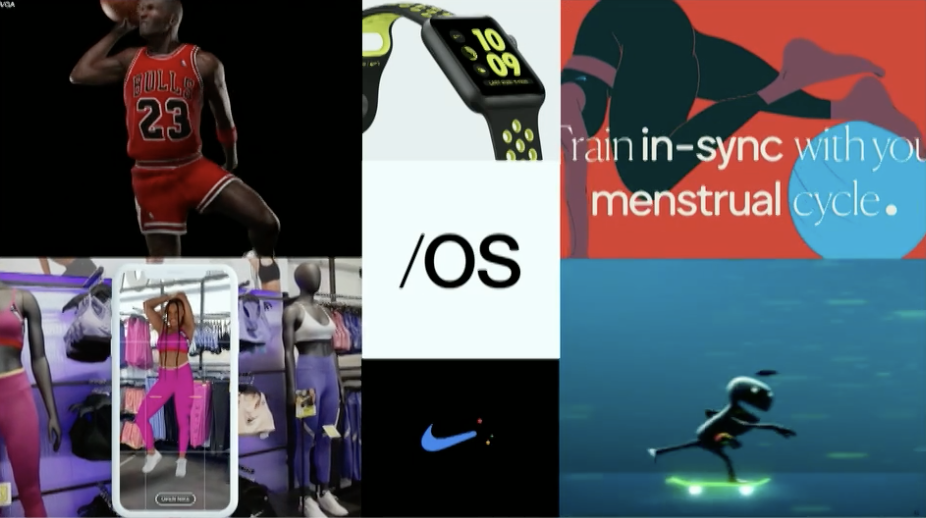The brand OS revolution
How the world’s top brands are harnessing the potential of the OS to drive innovation, foster collaboration, and scale their presence in an ever-changing landscape.
Today, the most valuable brands have undergone transformation through technology, harnessing innovation to create value. They thrive in the realm of interfaces, expressing themselves through actions and owned media. R/GA’s chief creative officer Tiffany Rolfe and chief strategy officer Tom Morton discuss how to reimagine brands as operating systems.
Tech has become the beating heart of brands. Just look at the top five most valuable brands in the world, say Rolfe and Morton—they all hail from the tech realm, with a combined worth of over $1.4 trillion. The internet has completely disrupted how brands show up and connect with people.
If you’re building a brand, you’re likely doing it with more partners, collaboration, and user involvement. It’s become a joint production with your users, where voice control, haptic feedback, and other emerging technologies play a significant role. The next surface your brand manifests in is unknown, so adaptability is key.
When it comes to brands, the interface takes centre stage. A brand is an iterative work in progress, say Rolfe and Morton, not a finished masterpiece that requires constant protecting. It demands a model that continually evolves to stay relevant. Rolfe suggests that the metaphor of a brand bible feels outdated and fixed in today’s dynamic landscape.
In the digital universe, there’s an underlying code that powers everything—a brand’s operating system (OS). This essential program acts as a bridge between users and computers. It guides internal operations, enables applications to build upon it and work together, and continuously updates to enhance performance.
The Brand OS updates to work better over time. In a world where success stems from size and growth, it empowers your brand to scale and adapt to changing circumstances. It serves as a powerful catalyst for innovation, shaping the product roadmap and guiding company decisions. To leverage its potential, you need a clear definition of your brand’s purpose in the world, its target audience, and the value it brings to them.
The four key principles of the Brand OS:
A robust definition: Your brand’s purpose should be broad enough to align the entire organization, ambitious enough to unlock future potential, and precise enough to guide your actions.
The brand as an interface: Every interaction with your brand, whether through customer service or products, is an opportunity to express its unique identity. These touchpoints bring your brand to life.
A platform for innovation: A solid design system and tech stack are as crucial as the brand definition itself. They facilitate collaboration with partners, collaborators, and contributors, fostering a culture of “permission-less innovation” while maintaining essential guardrails. This approach empowers others to build alongside you, fueling scalability.
Iteration and evolution: Building a brand ecosystem is an ongoing process. It evolves and adapts over time, incorporating changes driven by shifts in the economy and culture. Rather than a rigid structure, think of the Brand OS as a set of building blocks that grow from a shared foundation.
How to apply the Brand OS principles to your own brand:
From talking point to starting point: Let your brand’s purpose serve as a foundational starting point for company actions, moving beyond mere messaging strategies.
From siloed to intersected: Break down barriers between teams and departments, encouraging collaboration and bringing different approaches together to create something new and innovative. Embrace intersectionality within your brand.
From controlling with rules to enabling with tools: Empower others to contribute and build upon your brand, providing a liberating toolkit for brand builders. A brand that others can shape and expand is truly valuable.
From what you have today to what you can’t imagine: Embrace the possibilities of the future and go beyond managing your current brand assets. Explore emerging technologies like voice agents, haptics, and generative AI to unlock new frontiers and unleash your brand’s potential.
Remember, striving for a perfect and unbreakable system won’t drive your brand forward. Embrace the dynamic nature of the Brand OS, allowing it to evolve and adapt as you navigate uncharted territories and seize new opportunities.
Katherine Scarrow

